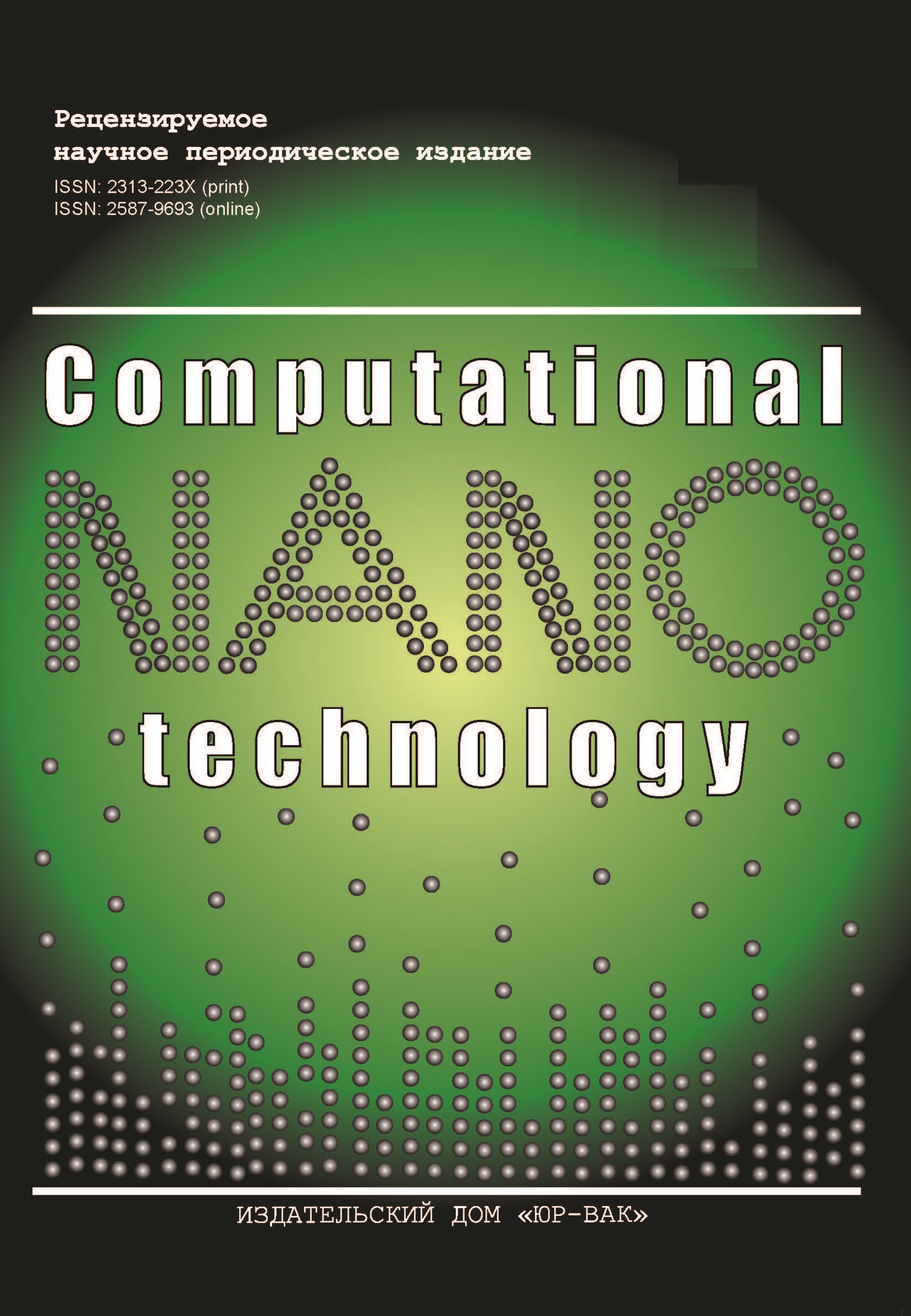An Algorithm for Constructing Associative Series of Hashtags for Semantic Navigation in Social Networks
- Authors: Makrushin S.V.1, Blokhin N.V.1
-
Affiliations:
- Financial University under the Government of the Russian Federation
- Issue: Vol 9, No 1 (2022)
- Pages: 47-55
- Section: Articles
- URL: https://journals.eco-vector.com/2313-223X/article/view/529855
- DOI: https://doi.org/10.33693/2313-223X-2022-9-1-47-55
- ID: 529855
Cite item
Abstract
Nowadays hashtags are an important mechanism of semantic navigation in social media. In this study, we consider the solution of the problem of building associative series of hashtags for one of the largest social networks. These series should meet two criteria: they should be short and shouldn’t have wide semantic gaps between sequential hashtags. An algorithm that allows us to create an associative series of hashtags could be used to increase the quantity of hashtags in posts, which will facilitate semantic navigation through posts in a social network. The paper proposes a formal definition of the semantic path building problem as a multicriteria optimization problem on the co-occurrence network of hashtags in posts. First, we built a co-occurrence network for hashtags from a big dataset of messages from Instagram. Then, we develop a combined optimization function for both criteria from the semantic path building problem. For measuring semantic similarity between hashtags, we use a metric based on the word2vec embeddings of hashtags. Using empirical paths obtained with various algorithms, we tune the parameters of a generalized optimization function that can be used to construct semantic paths using Dijkstra’s pathfinding or special greedy algorithms.
Full Text
About the authors
Sergey V. Makrushin
Financial University under the Government of the Russian Federation
Email: svmakrushin@fa.ru
Cand. Sci. (Econ.); associate professor Moscow, Russian Federation
Nikita V. Blokhin
Financial University under the Government of the Russian Federation
Email: nvblokhin@fa.ru
teaching assistant Moscow, Russian Federation
References
- Barzilay R., Elhadad M. Using lexical chains for text summarization. In: Proceedings of the ACL workshop on intelligent scalable text summarization. Madrid, 1997. Pp. 10-17.
- Bringmann K., Keusch R., Lengler J. et al. Greedy routing and the algorithmic small-world phenomenon. In: Proceedings of the ACM Symposium on Principles of Distributed Computing. New York, USA, 2017. Pp. 371-380. doi: 10.1145/3087801.3087829.
- Capitán J.A., Borge-Holthoefer J., Gómez S. et al. Local-based semantic navigation on a networked representation of information. PLoS ONE. 2012. No. 7 (8). Pp. 1-10. doi: 10.1371/journal.pone.0043694.
- Dijkstra E. A note on two problems in connexion with graphs. Numerische Mathematik. 1959. No. 1 (1). Pp. 269-271. doi: 10.1007/BF01386390.
- Fellbaum C. WordNet: An electronic lexical database. Language, speech, and communication series. Cambridge: MIT Press, 1998.
- Goyal P., Ferrara E. Graph embedding techniques, applications, and performance: A survey. Knowledge Based Systems. 2018. Pp. 89-94. doi: 10.1016/j.knosys.2018.03.022.
- Halliday K., Hasan R. Cohesion in English. London: Longman, 1976.
- Hart P., Nilsson N.J., Raphael B. A formal basis for the heuristic determination of minimum cost paths. IEEE Trans. Syst. Sci. Cybernetics SSC. 1968. Vol. 4. Pp. 100-107. doi: 10.1109/TSSC.1968.300136.
- He L. et al. Neurally-guided semantic navigation in knowledge graph. In: IEEE Transactions on Big Data. 2018. doi: 10.1109/TBDATA.2018.2805363.
- Mikolov T., Chen K., Corrado G.K., Dean J. Efficient estimation of word representations in vector space. CoRR, 2013. abs/1301.3781.
- Morris J., Hirst G. Lexical cohesion, the thesaurus, and the structure of text.Computational Linguistics. 1991. No. 17 (1). Pp. 21-48.
- Neelakantan A., Roth B., McCallum A.Compositional vector space models for knowledge base completion. Proceedings of the 53rd Annual Meeting of the Association for Computational Linguistics and the 7th International Joint Conference on Natural Language Processing. Beijing, China. 2015. Pp. 156-166. DOI: 0.3115/v1/P15-1016.
- Passant A. Measuring semantic distance on linking data and using it for resources recommendations. AAAI Spring Symposium: Linked Data Meets Artificial Intelligence. 2010. Vol. 77.
- Pennington J., Socher R., Manning C. Glove: Global vectors for word representation. EMNLP. 2014. Pp. 1532-1543. doi: 10.3115/v1/D14-1162.
- Sommer C. Shortest-path queries in static networks. ACM Computing Surveys. 2014. No. 46 (4). Pp. 1-31. doi: 10.1145/2530531.
- West R., Pineau J., Precup D. Wikispeedia: An online game for inferring semantic distances between concepts. In: IJCAI. Morgan Kaufmann Publishers Inc., 2009. Pp. 1598-1603.
Supplementary files









